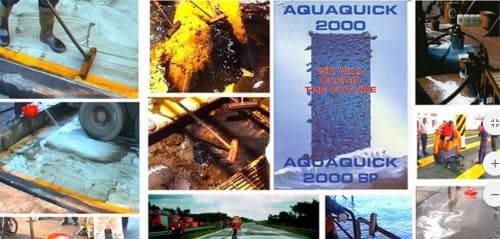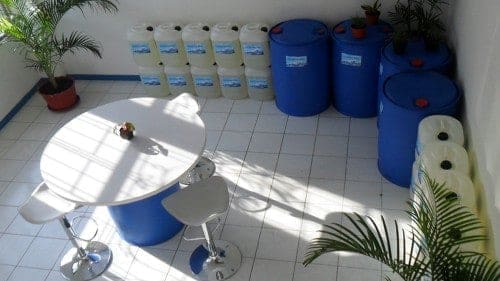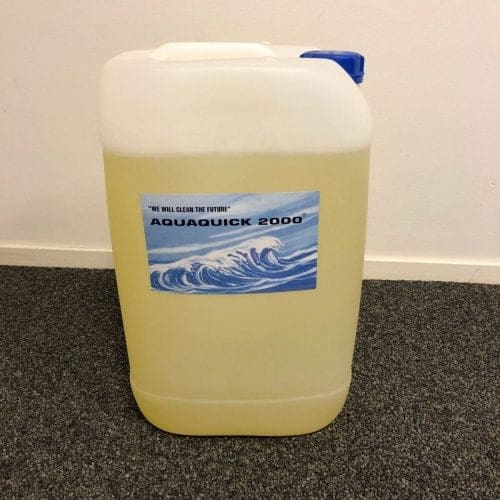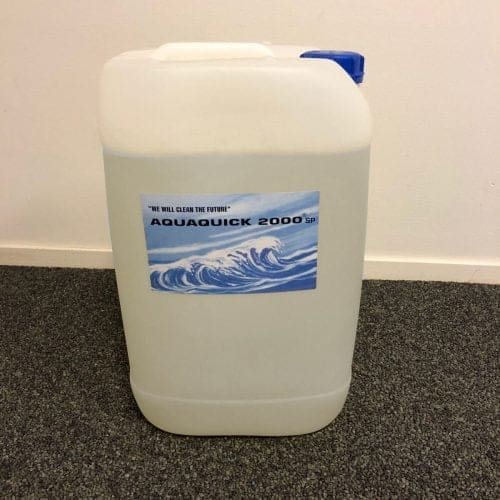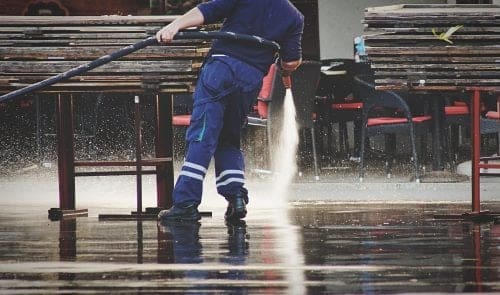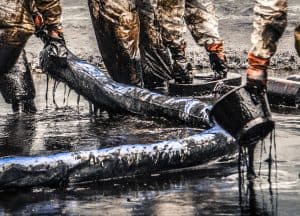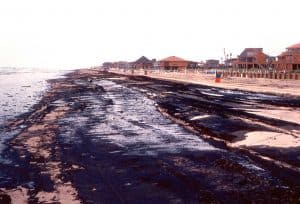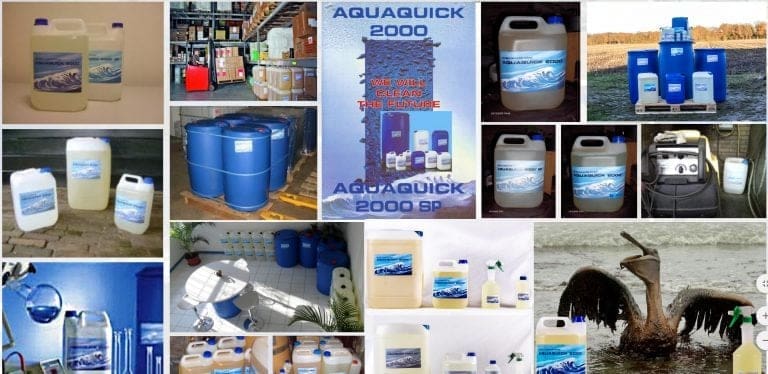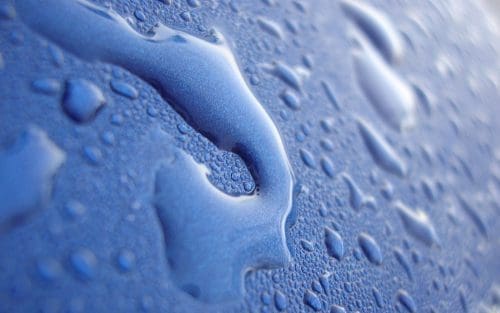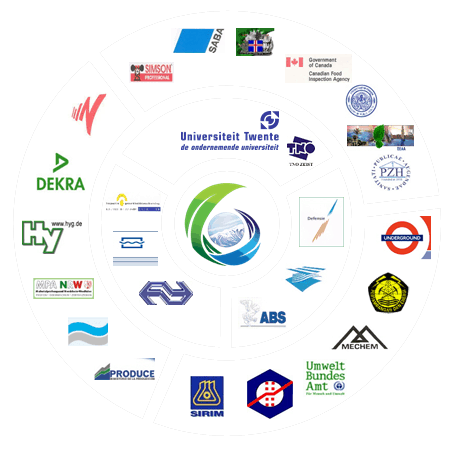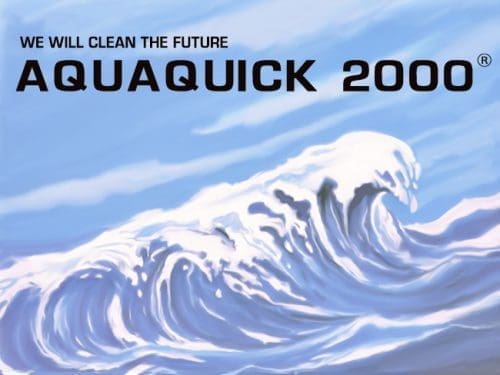In today’s industrialized world, oil plays a crucial role in powering economies, transportation, and various industries. However, with its widespread use comes the inherent risk of oil spills breakdown, which can have devastating consequences for the environment and human health. Understanding how oil spills occur on land and their potential dangers is essential for effective prevention and mitigation strategies.
What Causes Oil Spill Breakdown?
Human Error often stands as the primary catalyst for oil spill breakdown on land. Instances of mismanagement, negligence, or simple human oversight during the transportation, storage, or extraction processes can lead to disastrous leaks. For instance, failure to conduct routine maintenance on pipelines or the lack of proper safety protocols can result in ruptures and spills. Additionally, errors in judgment during the operation of heavy machinery or equipment can exacerbate the risk of accidents, highlighting the need for stringent safety measures and employee training.
Natural Disasters present another significant factor contributing to oil spill breakdown. Severe weather events like hurricanes, floods, or earthquakes have the potential to wreak havoc on oil infrastructure, causing substantial oil spill breakdown. Moreover, the aftermath of such disasters, such as landslides or soil erosion, can expose buried pipelines, making them susceptible to damage and leakage. The unpredictable nature of natural disasters underscores the importance of implementing robust emergency response plans and fortifying infrastructure to withstand environmental pressures.
- Human Error: Mismanagement, negligence, or human error during the handling and transportation of oil can lead to oil spill breakdown. For instance, improper maintenance of pipelines or equipment failure can result in leaks and ruptures.
- Natural Disasters: Severe weather events such as hurricanes, floods, or earthquakes can damage oil infrastructure, causing oil spill breakdown. Additionally, landslides or soil erosion can expose buried pipelines, increasing the risk of leaks.
- Industrial Activities: Oil extraction, refining, and storage facilities are prone to accidents due to their complex operations. Equipment malfunctions, corrosion, or inadequate safety measures can trigger spills.
- Transportation Accidents: Oil is often transported via pipelines, tankers, or trucks across vast distances. Collisions, derailments, or vessel malfunctions can lead to the release of oil onto land.
The Dangers of Oil Spills on Land
Environmental Contamination emerges as a dire consequence of land-based oil spill breakdown, posing long-term threats to ecosystems and biodiversity. When oil seeps into soil and water bodies, it disrupts the delicate balance of ecosystems, suffocating plants and aquatic life. The persistence of oil in the environment exacerbates the damage, as it can take years, if not decades, for affected areas to recover fully. Additionally, the contamination of groundwater sources further jeopardizes the availability of safe drinking water for both humans and wildlife, amplifying the ecological crisis.
Air Pollution represents another significant danger associated with oil spill breakdown on land. Volatile components of oil, such as hydrocarbons, readily evaporate into the atmosphere, contributing to air pollution. Inhalation of these pollutants can lead to respiratory problems and other health issues in exposed populations. Furthermore, the formation of airborne toxins like benzene poses a threat to public health, highlighting the far-reaching consequences of land-based oil spills beyond immediate cleanup efforts.
- Environmental Contamination: Oil spill breakdown can contaminate soil, water bodies, and vegetation, causing long-term ecological damage. Oil coats surfaces, suffocating plants and disrupting the natural balance of ecosystems. It can also seep into groundwater, affecting drinking water sources and aquatic habitats.
- Air Pollution: Volatile components of oil, such as hydrocarbons, can evaporate into the air, contributing to air pollution. Inhalation of these pollutants can cause respiratory problems and other health issues in humans and wildlife.
- Harm to Wildlife: Land-based oil spills endanger wildlife populations, particularly birds, mammals, and aquatic species. Oil-coated feathers and fur impair animals’ ability to regulate body temperature and buoyancy, leading to hypothermia and death. Contaminated water sources can also poison fish and other aquatic organisms.
- Health Risks: Exposure to oil and its by-products can have adverse health effects on nearby communities. Direct contact with contaminated soil or water may cause skin irritation, nausea, and other symptoms. Additionally, consuming contaminated food or water can lead to serious health complications over time.
- Economic Impact: Oil spill breakdown disrupt local economies, affecting industries such as tourism, fishing, and agriculture. Cleanup efforts incur significant costs, and property values may decline in affected areas. Furthermore, the loss of biodiversity and ecosystem services can have long-lasting economic repercussions.
Preventing and Mitigating Oil Spill Breakdown
While oil spill breakdown cannot always be entirely prevented, proactive measures can reduce their frequency and minimize their impact. Some effective strategies include:
- Investing in Infrastructure: Regular maintenance and inspection of oil infrastructure, such as pipelines, storage tanks, and transportation vessels, can prevent leaks and ruptures. Upgrading aging infrastructure with modern technology and materials can enhance safety standards.
- Training and Education: Providing comprehensive training to workers involved in oil-related activities can increase awareness of safety protocols and emergency response procedures. Properly trained personnel are better equipped to prevent accidents and effectively respond to oil spill breakdown.
- Implementing Regulations: Governments and regulatory agencies play a crucial role in enforcing environmental regulations and industry standards. Strict enforcement of laws regarding oil spill breakdown prevention, containment, and cleanup promotes accountability and encourages companies to adopt best practices.
- Emergency Response Planning: Developing contingency plans and response protocols for handling oil spills is essential for minimizing their impact. Establishing communication channels, mobilizing resources, and coordinating response efforts with relevant stakeholders can facilitate a swift and effective response to emergencies.
- Promoting Alternative Energy Sources: Transitioning towards renewable energy sources reduces dependence on fossil fuels and mitigates the risks associated with oil extraction, transportation, and usage. Investing in renewable energy infrastructure and adopting sustainable practices contribute to a cleaner and safer environment.
Responding to an Oil Spill Breakdown on Land
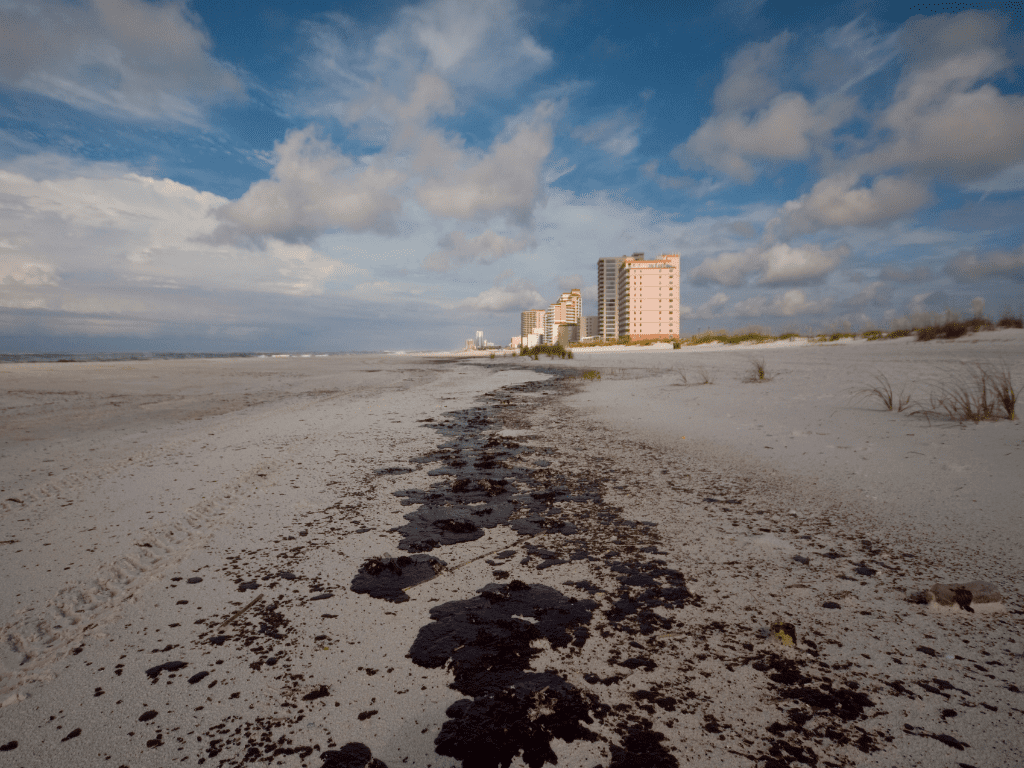
When an oil spill breakdown occurs on land, swift and coordinated action is essential to mitigate its impact on the environment and public health. Several key steps can be taken to effectively respond to such emergencies:
1. Immediate Containment
When an oil spill breakdown occurs on land, the first crucial step is to contain the spread of the spilled oil to prevent further environmental damage. This involves deploying physical barriers such as booms or berms around the affected area to confine the oil and prevent it from reaching nearby water bodies, sensitive habitats, or populated areas. Quick containment efforts are essential to minimize the extent of contamination and facilitate subsequent cleanup operations.
2. Assessment of Hazards
After containing the spill, it’s essential to assess the potential risks associated with the spilled oil. This includes evaluating the toxicity of the oil and its components, as well as identifying any immediate hazards to human health, wildlife, or the environment. Assessing the extent of contamination and understanding the potential pathways for exposure guides decision-making during the cleanup and remediation process.
3. Cleanup and Remediation
Cleanup operations involve the systematic removal of spilled oil from affected areas and the restoration of contaminated ecosystems. Various techniques may be employed depending on factors such as the type of terrain, the volume of spilled oil, and environmental considerations. Common cleanup methods include mechanical methods like skimming and vacuuming, as well as the use of absorbent materials to soak up the oil. Bioremediation techniques, which utilize microorganisms to break down the oil into less harmful substances, can also be effective in restoring soil and water quality.
4. Monitoring and Evaluation
Continuous monitoring of the affected area is critical to assess the effectiveness of cleanup efforts and detect any lingering environmental impacts. Water, soil, and air samples are regularly collected and analyzed to evaluate contamination levels and track the progress of ecosystem recovery. Long-term monitoring programs may be established to ensure that environmental quality is restored and to identify any potential health risks to wildlife and nearby communities.
5. Stakeholder Communication
Open and transparent communication with all stakeholders, including local communities, regulatory agencies, and environmental organizations, is essential throughout the response process. Providing timely updates on cleanup progress, potential health risks, and precautionary measures helps build trust and cooperation among stakeholders. Soliciting input from affected communities and incorporating their feedback into decision-making processes enhances the effectiveness of response efforts and fosters a sense of ownership and collaboration.
6. Learning and Prevention
After the immediate response phase, it’s crucial to conduct a comprehensive review of the incident to identify lessons learned and opportunities for improvement. This includes evaluating the effectiveness of response protocols, identifying areas for enhanced training or preparedness, and implementing measures to prevent similar incidents in the future. Sharing best practices and lessons learned with industry stakeholders and regulatory agencies contributes to continuous improvement in oil spill response and prevention efforts, ultimately reducing the risk of future incidents.
Why Aqua Quick Is Best to handle an Oil Spill Breakdown at Land?

In the face of an oil spill breakdown, the need for effective cleanup solutions is paramount to mitigate environmental damage and protect ecosystems. AQUAQUICK, a revolutionary cleaning agent, offers a comprehensive and environmentally friendly approach to tackling oil spill breakdown on land and water surfaces. With its unique formulation and powerful cleaning properties, AQUAQUICK has emerged as a trusted solution for rapid and efficient oil spill cleanup efforts.
- Versatile Application: AQUAQUICK’s versatility makes it well-suited for addressing a wide range of oil spill scenarios, including those occurring on both land and water surfaces. Whether the spill originates from industrial accidents, transportation incidents, or natural disasters, AQUAQUICK can effectively break down and remove oil contaminants from various substrates, including soil, concrete, asphalt, and water bodies. This versatility ensures that AQUAQUICK can be deployed in diverse environmental settings, making it a valuable tool for emergency response teams and cleanup crews.
- Rapid Action: Time is of the essence when responding to oil spills, as delays can exacerbate environmental damage and increase cleanup costs. AQUAQUICK’s fast-acting formula enables rapid cleanup operations by quickly penetrating and emulsifying oil molecules upon contact. This rapid action not only accelerates the removal of oil from affected surfaces but also minimizes the spread of contaminants, preventing further ecological harm. By facilitating swift cleanup efforts, AQUAQUICK helps to mitigate the immediate impacts of oil spills and reduce the overall duration of cleanup operations.
- Eco-Friendly Formulation: Unlike traditional cleaning agents that rely on harsh chemicals and solvents, AQUAQUICK is formulated using environmentally friendly ingredients that pose minimal risk to ecosystems and wildlife. The biodegradable nature of AQUAQUICK ensures that residues left behind after cleanup operations break down naturally over time, reducing the risk of secondary environmental pollution. Furthermore, AQUAQUICK’s non-toxic properties make it safe for use in sensitive habitats and water bodies, minimizing the ecological footprint of cleanup efforts and protecting fragile ecosystems.
- Efficient Oil Removal: AQUAQUICK’s advanced surfactant technology enables efficient oil removal by breaking down hydrophobic barriers and dispersing oil molecules for easy extraction. This mechanism allows AQUAQUICK to penetrate deeply into porous surfaces, such as soil and concrete, to dissolve and lift embedded oil contaminants effectively. By targeting oil at the molecular level, AQUAQUICK ensures thorough cleanup results while minimizing the need for excessive scrubbing or mechanical agitation, reducing the risk of surface damage and preserving the integrity of affected substrates.
- Cost-Effective Solution: In addition to its effectiveness in oil spill cleanup, AQUAQUICK offers a cost-effective solution for environmental remediation efforts. By streamlining cleanup operations and minimizing the use of supplementary equipment and manpower, AQUAQUICK helps to reduce overall cleanup costs and expedite the restoration of affected areas. Furthermore, the long-lasting effects of AQUAQUICK’s cleaning action reduce the likelihood of recurring contamination, resulting in sustained cost savings over time.
- Regulatory Compliance: AQUAQUICK’s compliance with stringent environmental regulations and industry standards ensures that cleanup operations are conducted in accordance with legal requirements and best practices. By utilizing a proven and approved cleaning agent like AQUAQUICK, cleanup crews can mitigate regulatory risks and demonstrate their commitment to environmental stewardship. Additionally, AQUAQUICK’s eco-friendly formulation aligns with corporate sustainability goals and enhances the reputation of organizations involved in oil spill response and cleanup activities.
Final Thoughts
In conclusion, AQUAQUICK stands as a revolutionary solution for addressing oil spill breakdowns and facilitating efficient cleanup operations. Its versatile application, rapid action, eco-friendly formulation, efficient oil removal capabilities, cost-effectiveness, and regulatory compliance make it an indispensable tool for emergency response teams, cleanup crews, and environmental organizations worldwide. By harnessing the power of AQUAQUICK, we can effectively mitigate the environmental impacts of oil spills and safeguard our planet for future generations.

